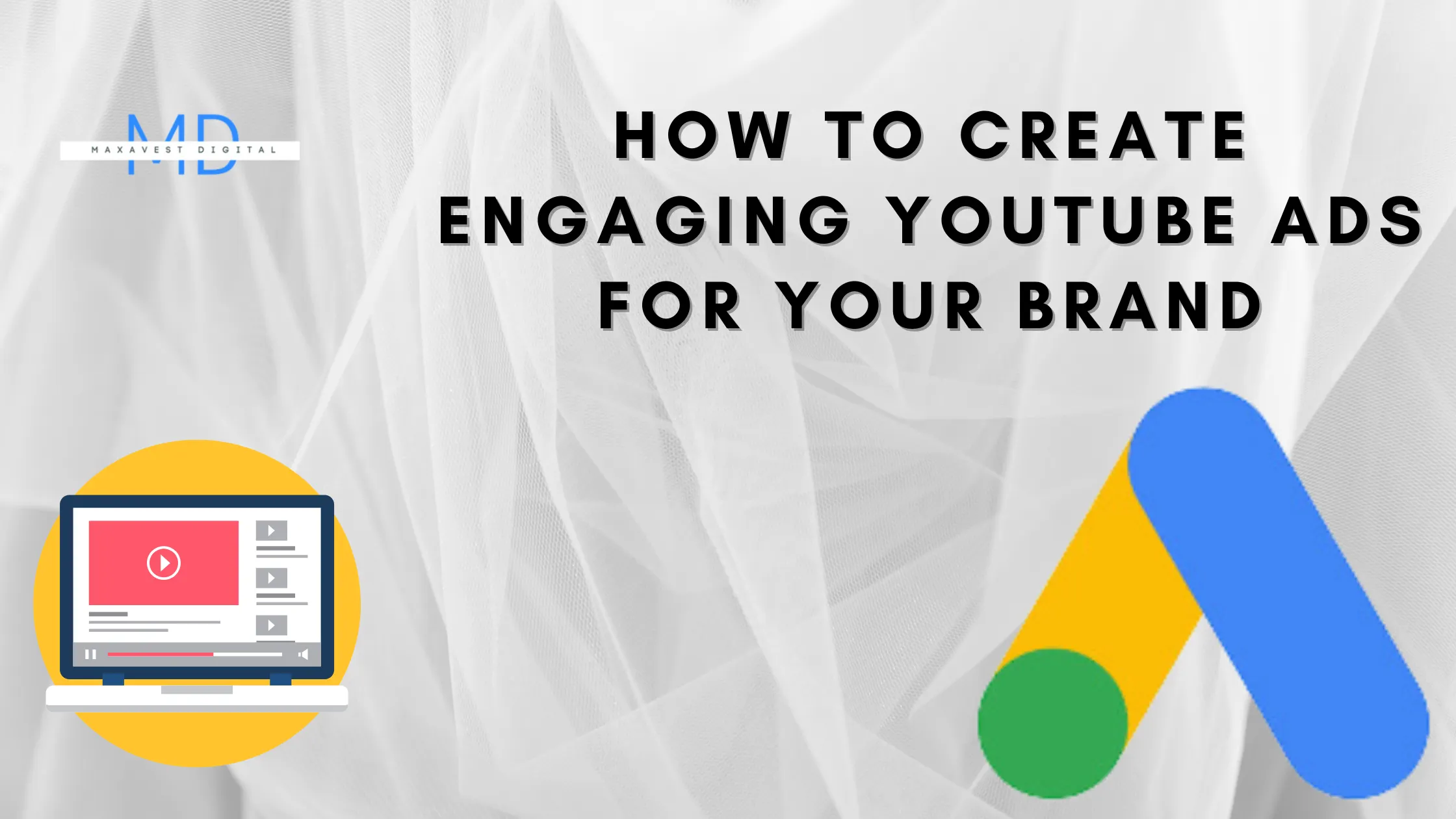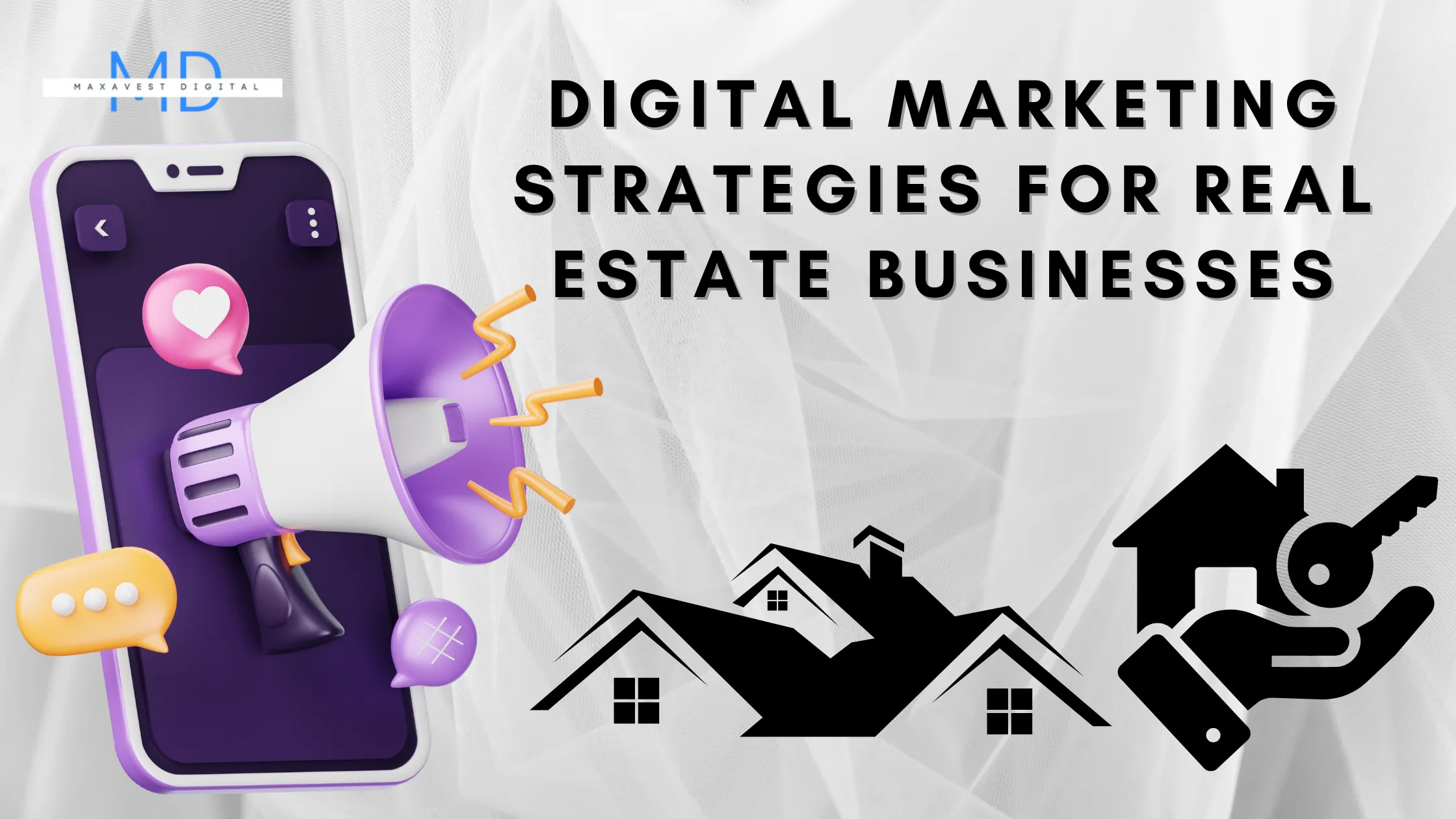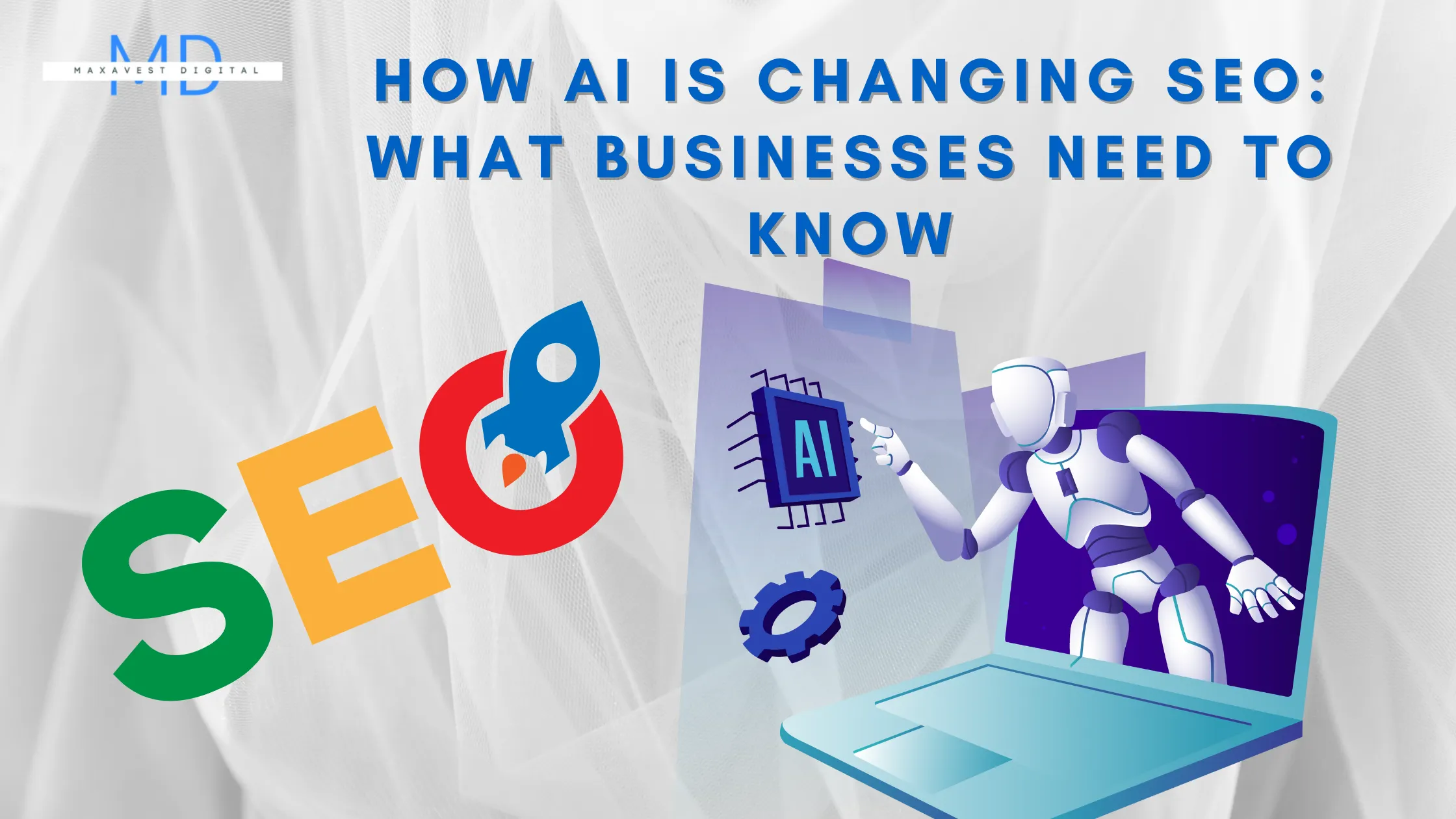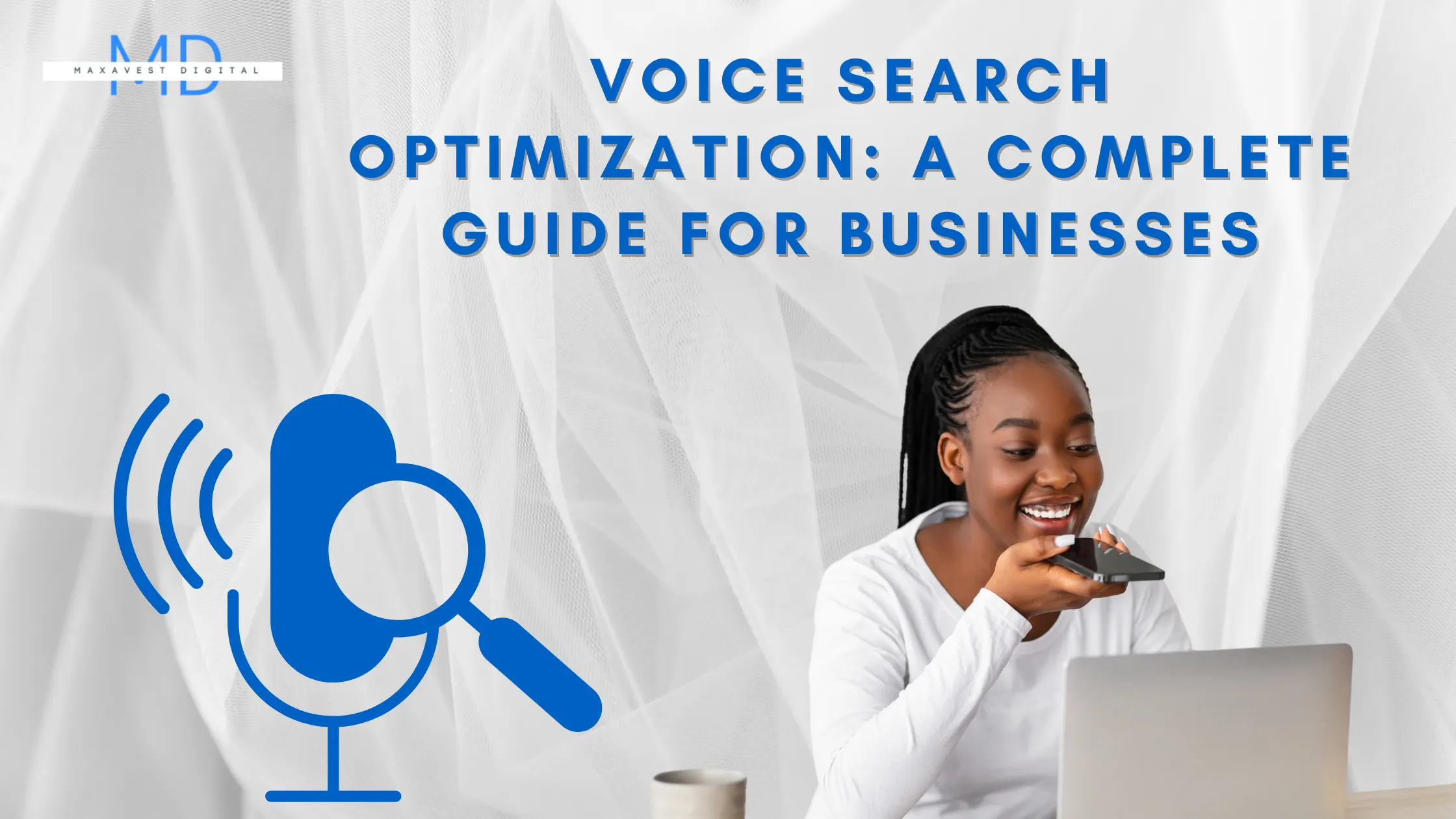How to Reduce Your Facebook Ads' Cost in 6 Easy Steps
Have you ever been astounded by how quickly your money for social media might be depleted? This is especially true if you frequently run Facebook advertisements that aren't specifically tailored for the lowest cost per click (CPC) available.
Many companies and marketers are unaware that you don't have to compromise on cost in order to achieve results. Instead, due to how the system is set up and the increased number of results, you'll probably notice a lower CPC.
Need to know more? With these six simple methods, you can cut your Facebook ad expenditures and stretch the value of your social media advertising spending.
1. Have an understanding of your relevance score.
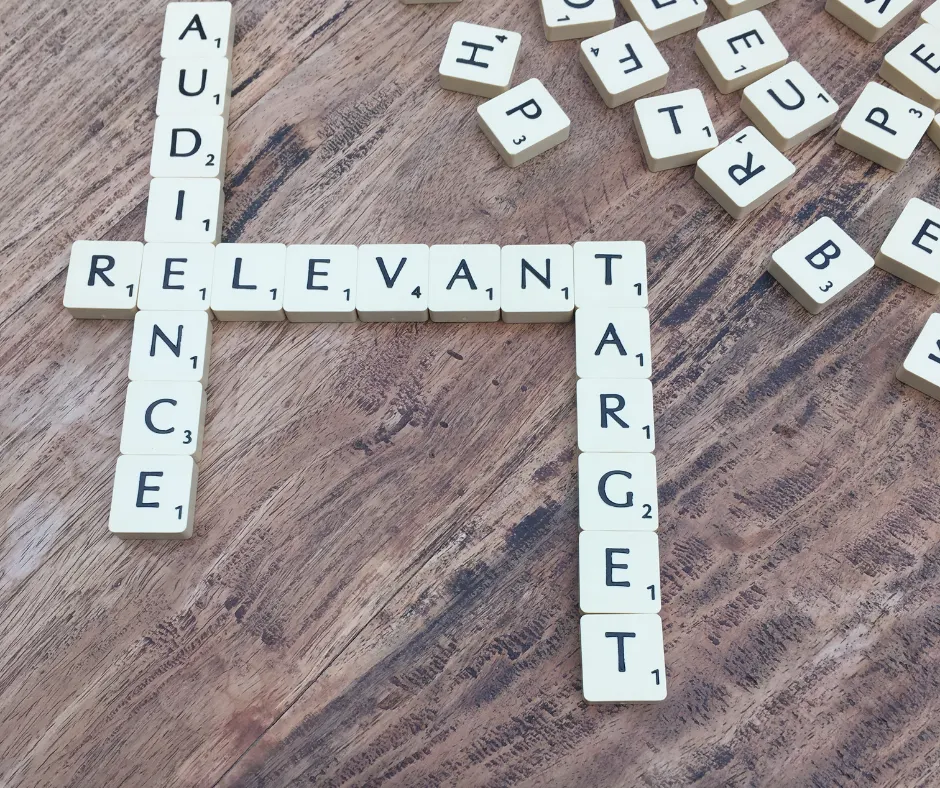
Your CPC will be directly impacted by your relevance score, thus it's critical to monitor and comprehend it.
For each campaign you run on Facebook, a relevance score will be provided. This score, as its name implies, indicates how pertinent your advertisement is to your intended audience.
It is a "black box" metric since we don't know the precise formula Facebook uses to determine it, but we do know that positive activities like engagement, clicks, and saving the ad will raise the score while concealing the ad will lower it.
Facebook gives preference to ads with high relevance scores, and if you have good scores, your CPC will actually decrease. Your advertising costs are sometimes drastically reduced as a result. As a result, you should keep an eye on the relevance scores of each of your campaigns and halt or change any that have low scores.
2. Execute extremely specific campaigns

Running highly focused campaigns gives you a significant advantage since you can create advertising and offers that you know your target audience will be interested in. It might be preferable for a comedy club to target ladies between the ages of 18 and 35 with commercials for Amy Schumer and Jim Gaffigan, respectively, in order to reach more family-friendly audiences.
To develop captive audiences, you can employ a variety of targeting options, including age, gender, region, hobbies, and even behaviours. For instance, under behaviours, you can choose to target particular device owners, users who will celebrate an anniversary in the next two to three months, and users who have recently made commercial transactions.
Facebook's excellent targeting technology can find any group of people you're attempting to reach.
3. Pay attention to raising CTR.
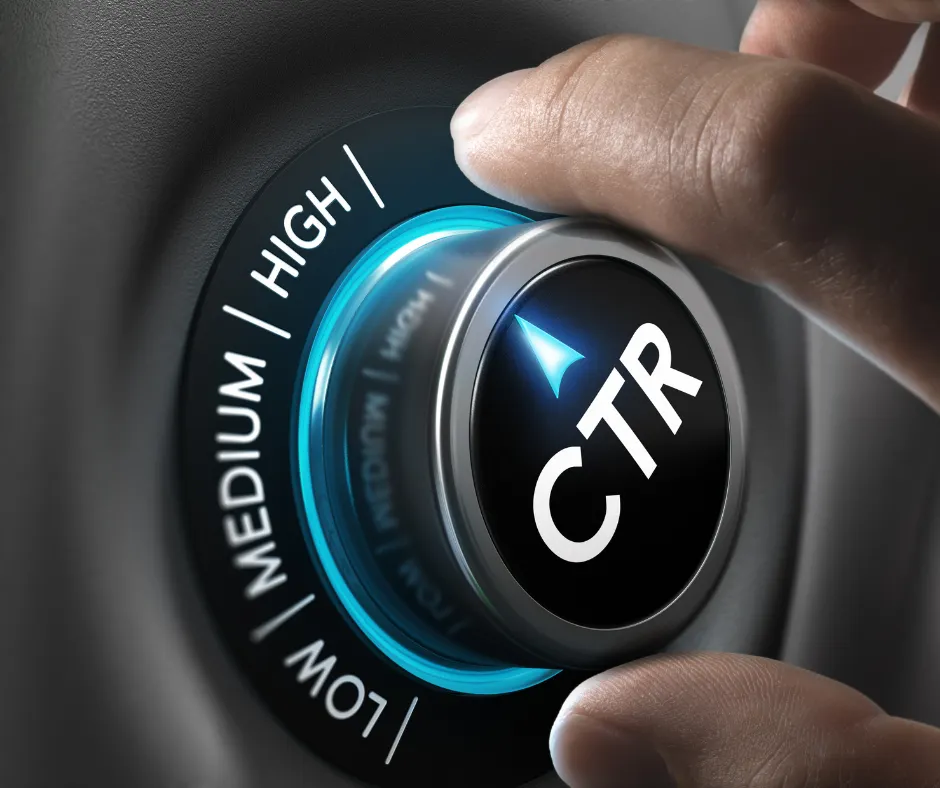
Your relevance score will rise as your click-through rate (CTR) rises, which will reduce the cost of your Facebook ads.
The following are some of the top methods for raising your advertising CTRs:
- Use desktop newsfeed ad placements exclusively because they produce greater CTRs.
- Utilize the proper CTA buttons. In some cases, "Learn More" will get more clicks than "Shop Now" from consumers who are still building their trust.
- Write clear, concise language that is to the point and leaves consumers with no doubt as to what they are clicking on or why they should.
- Reduce your frequency as much as you can (the number of times a user sees the same ad). Your CTR will decrease if the frequency rises too high.
But without a question, running highly-targeted advertising for specific demographics is the surest method to boost your CTR.
4. Split testing the copy and images
If you want to keep your CPC low, you need A/B test every single thing. Even if you have the most brilliant offer imaginable, you still need to split test it. Make various iterations of the same advertising campaign using various graphics, videos, and copy (both in the description and the headline).

This will not only allow you to run the campaigns with the highest CTRs and pause the ones that are underwhelming, but it will also keep your advertising interesting and new for the users that view them. This maintains low spending, low frequency, and high engagement
5. Make use of retargeting
The practice of retargeting involves displaying your adverts to users who are already familiar with you and your brand. This "warm" audience is more likely to interact with or click on your advertisement, boosting CTRs and lowering CPC.
From users that have interacted with your page, site, and mobile app, you may develop bespoke audiences.

Even better, you can utilize retargeting to deliver a follow-up ad to people who viewed the bulk of your video ad when it was first presented to a cold audience, boosting the likelihood that they'll click because they already know something about it.
Your email list can be used to create specific audiences for retargeting. You will be aware of your relationship with users up front, whether you're targeting consumers with advertising based on their past interactions with your site or past purchases. Using this information, you may make adverts and offers that appeal to them the most.
.
6. Focus on Facebook's desktop newsfeed only.
There are few exceptions to this rule; when the goal is mobile app downloads or purchases, both Instagram Ads and Facebook's mobile ads are more effective. In spite of this, Facebook desktop newsfeed ads regularly have greater CTR and engagement rates than other placements (possibly thanks to the larger pictures, longer descriptions, and ease of desktop navigation). As a result, your ads will cost less and the relevancy score will rise.
Instagram ads and mobile newsfeed ads are two examples of the placements that Facebook ads automatically enable. These must be manually turned off by unchecking the places.
In "Device Types," select "Desktop only" to disable mobile placements.
Facebook advertisements can quickly deplete your social media budget, but with a few clever changes, you can actually spend less while still getting better results. You may improve your relevance score and reduce your ad cost by concentrating on raising your engagement and CTR. It's not a catch-22. Your ad's cost will decrease the better it performs. This is a fantastic incentive from Facebook to provide users and marketers with an excellent system, and it works.



